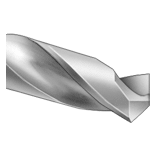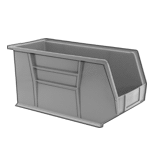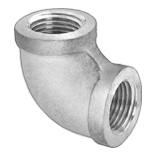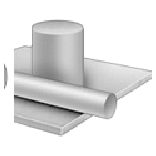Filter by
Outlet Pressure
For Use With
Maximum Inlet Pressure
Maximum Pressure Regulation
Valve Function
Component
Maximum Pressure
Maximum Outlet Pressure Gauge Measurement
Outlet Connection
Valve Type
Maximum Temperature
DFARS Specialty Metals
Pressure Adjustment
Fluid Handling
Power Transmission
Facility and Grounds Maintenance
Safety Equipment















































